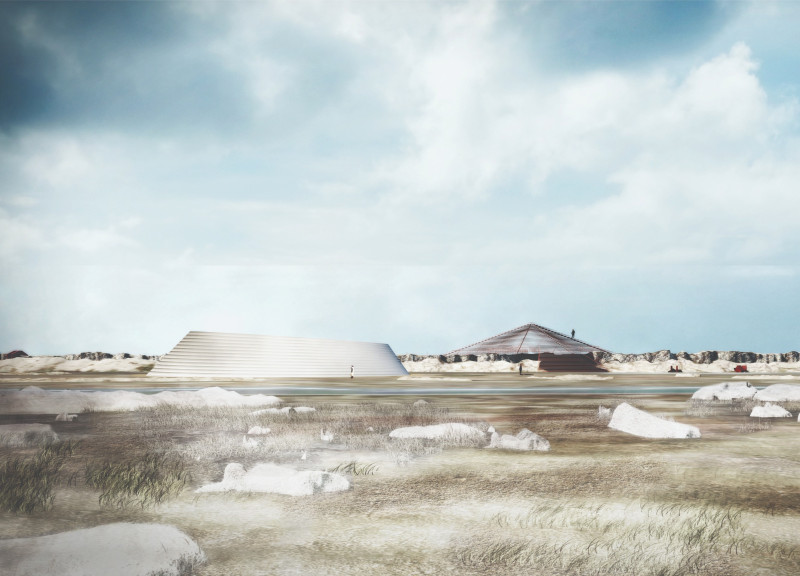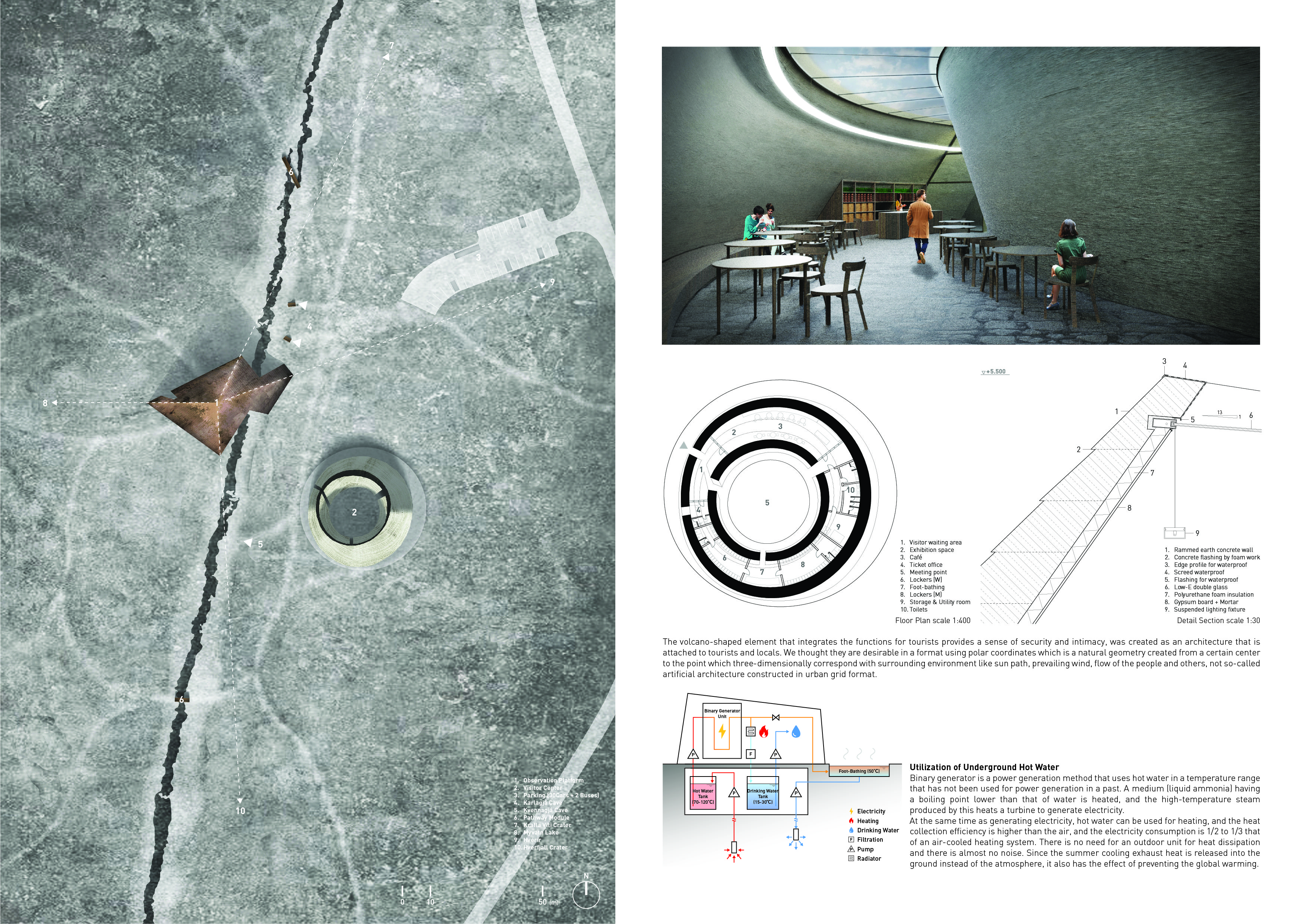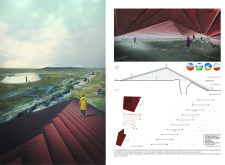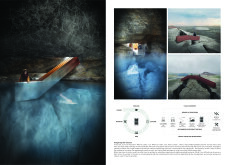5 key facts about this project
The architectural design project under analysis is a multifaceted structure that exemplifies modern design principles while addressing specific functional requirements. This project is situated in an urban context, blending seamlessly with its surroundings while asserting a unique architectural identity. The design encompasses several distinct spaces, integrating various functions to serve both public and private needs.
The building's facade is characterized by a combination of materials that enhance its durability and aesthetic appeal. Notably, glass and concrete are prominently featured; the glass allows for ample natural light, creating a luminous interior, while the concrete provides structural integrity and a sense of permanence. The choice of materials reflects a commitment to sustainability, as these elements are designed to withstand climatic changes and reduce the building's environmental footprint.
The project represents an innovative approach to urban architecture, focusing on harmonization with the environment while addressing the complexities of city living. The layout incorporates open spaces that promote interaction among occupants and foster community engagement. Designed with flexibility in mind, these spaces can be adapted for various uses, accommodating different functions as needed. The thoughtful integration of natural elements, including green roofs and vertical gardens, further enhances the building's ecological footprint and contributes to urban biodiversity.
The architectural details are meticulously crafted, demonstrating a high level of attention to form and function. The entrances are designed to be welcoming, with wide pathways and landscaped areas that invite users into the building. The interiors maintain a contemporary aesthetic through the use of clear lines and functional furnishings. The integration of technology, such as smart building systems and energy-efficient installations, underscores the project’s commitment to modern living.
One of the key differentiators of this project lies in its unique approach to spatial organization. Unlike many contemporary designs that prioritize singular functionality, this project promotes a mixed-use concept, allowing for residential, commercial, and recreational spaces to coexist within the same framework. The design encourages a dynamic social framework, facilitating both personal privacy and communal interactions.
Additionally, the project incorporates innovative ecological strategies that are not commonly found in similar developments. Its design includes water recycling systems, solar panels, and passive heating and cooling techniques, significantly reducing reliance on traditional energy sources. This integration not only enhances the operational efficiency of the building but also aligns with broader environmental goals.
This architectural design project stands as a testament to thoughtful urban planning and sustainable design practices. It showcases the intersection of functionality and aesthetic integrity, with a focus on enhancing the quality of life for its users. To explore the intricate details of its architectural plans, sections, designs, and ideas, interested readers are encouraged to review the full project presentation. This comprehensive overview will provide deeper insights into the innovative elements and technical specifics that define this project.






















































